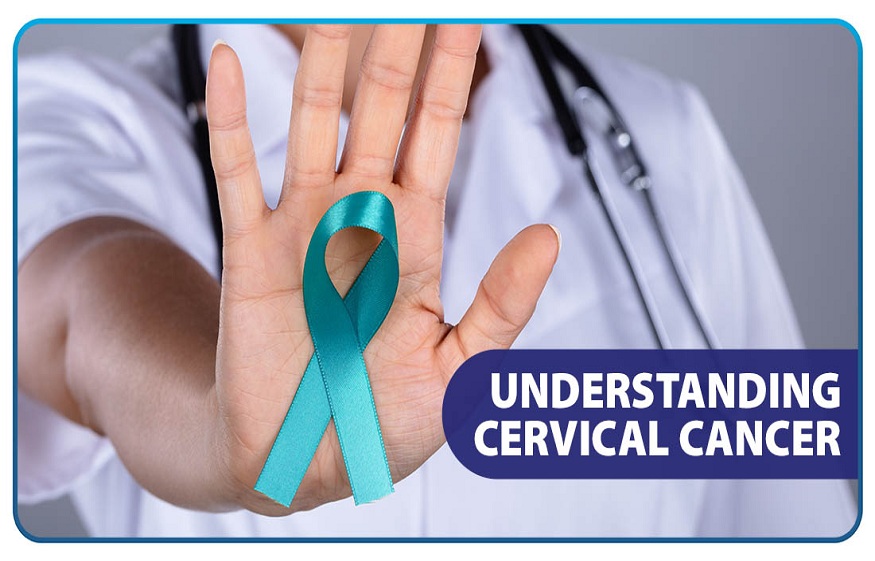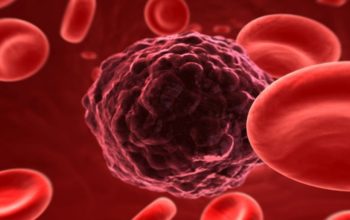Cervical cancer is a potentially life-threatening condition that affects women around the world.
According to GLOBOCAN 2020, cervical cancer is the third most common cancer in India, with an incidence rate of 18.3%, and the second most prevalent cause of death in the country, accounting for 9.1% of all deaths.
Many women remain unaware of its presence since symptoms only occur in the later phases of the disease, and they can be mistaken for common issues like menstrual irregularities, menorrhagia, or urinary tract infections.
Understanding its symptoms, causes, and preventive measures is crucial for early detection and effective treatment.
Cervical Cancer Symptoms
Many women with cervical cancer may not experience noticeable symptoms in the early stages. However, as the cancer grows, you might see these signs and symptoms:
- Irregular bleeding between periods, after intercourse, or post-menopause
- Menorrhagia – heavier and prolonged menstrual bleeding
- Abnormal vaginal discharge (changes in color or odor)
- Discomfort in the pelvis
- Increased frequency of urination
- Pain while urinating
If you experience these symptoms, consult your doctor immediately for an accurate diagnosis.
Cervical Cancer Causes
The primary cause of cervical cancer is the human papillomavirus (HPV), a sexually transmitted infection.
Among the numerous HPV strains, only certain types, notably HPV-16 and HPV-18, are associated with cervical cancer. While being infected with a cancer-causing strain of HPV doesn’t guarantee the development of cervical cancer, individuals with weakened immune systems face a higher risk.
HPV can also lead to other cancers, such as vulvar, vaginal, penile, anal, rectal, and throat cancers.
Cervical Cancer Risk Factors
Apart from HPV, various other factors can increase the risk, including:
- Human immunodeficiency virus (HIV) or chlamydia
- Obesity
- Family history
- Smoking
- Consuming a diet low in fruits and vegetables
- Being on birth control pills
- Certain pregnancy-related factors, such as having three full-term pregnancies or becoming pregnant at the age of 17 or younger
Remember that these factors don’t necessarily guarantee the development of cervical cancer.
Types of Cervical Cancer
Cervical cancer is typically of two types depending on the cells in which it starts:
- Squamous Cell Carcinoma: This most common type of cervical cancer begins in thin, flat squamous cells lining the outer cervix.
- Adenocarcinoma: This type starts in column-shaped gland cells lining the cervical canal.
Although rare, in some cases, both cells may be involved in cervical cancer.
Cervical Cancer Diagnosis
The vital diagnostic tool for confirming cervical cancer is the Pap smear test, which can detect precancerous and cancerous conditions in the cervix or colon.
Many doctors usually recommend routine Pap smear tests, starting around age 21 and repeated every few years, to monitor or treat these conditions and prevent the progression to cervical cancer.
Other diagnostic tests, such as colposcopy and biopsy, may be performed based on Pap smear test results.
Cervical Cancer Prevention
Reducing the risk of cervical cancer involves a combination of vaccinations, regular screenings, safe sexual practices, and lifestyle choices:
Your doctor may recommend certain practices to reduce the risk:
- Getting the HPV vaccine to minimize the chances of getting this sexually transmitted infection
- Regular screenings to detect precancerous conditions for timely intervention.
- Using condoms and limiting sexual partners to prevent sexually transmitted infections
- Quit smoking
Cervical Cancer Treatment
Treatment options for cervical cancer depend on the disease’s stage and severity:
- Surgery – This procedure removes cancerous cells. However, if the cancer spreads, your doctor may remove the cervix and surrounding organs.
- Radiation Therapy – It kills cancer cells using high-energy X-ray beams and can delivered outside the body or internally through a metal tube.
- Chemotherapy – This method uses drugs to remove cancer cells from the body.
- Targeted Therapy – This option utilizes the drug Bevacizumab to block blood vessel growth that helps cancer survive and spread.
Understanding cervical cancer’s symptoms, causes, and prevention is your first line of defense. Maintain a healthy lifestyle and prioritize regular check-ups. However, if you notice any unusual signs, don’t wait – seek professional guidance immediately!


